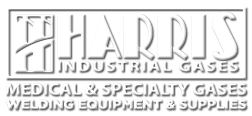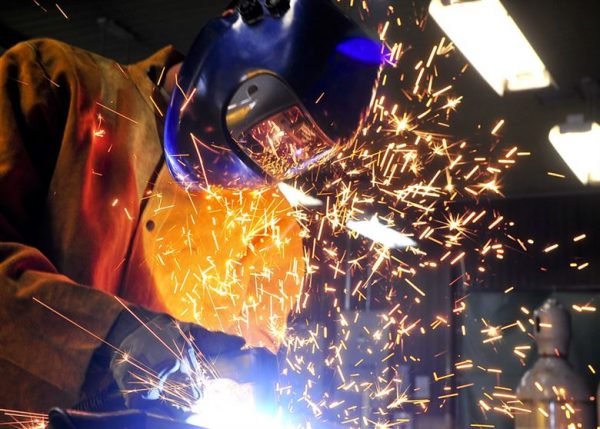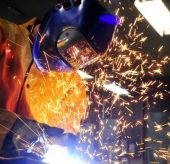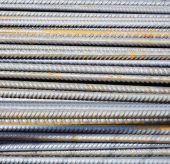Welding Alloys
Sacramento Sparks Reno Welding Supply
If you are a welder you will often work with alloys. Today we will learn what they are all about. We will discuss what alloys are, review some important terminology, and go over some of the best practices when working with alloys.
In chemistry, alloys can be defined as a substance that combines more than one metal or mixes a metal with other non-metallic elements. Welders use what are called welding alloys and there is not a big difference in definition but welding alloys are consumables used during a welding process to fill in the gap between two edges being joined. Also known as filler alloys, these alloys melt into the weld pool along with a portion of the base metals of the work piece and solidify into a weld joint metal.
Different alloys obviously have different properties. Some cannot be joined with certain metals and either will not bond or will produce a weak joint. Two very basic but very important characteristics to know are tensile strength and yield strength. Tensile strength is the breaking point of an alloy and yield strength is the point when stress and pressure cause an alloy to deform. Mechanical properties are important to know with any welding alloy so keep these terms in mind at all times.
Lastly, as always, be safe while on the job! One mistake beginners make is fusing incompatible metals. The base metal and welding alloy should have compatible properties. It is also important to think about how the finished product will be used. Products that will endure high levels of stress or pressure will need stronger alloys such as combinations of nickel bronze or aluminum bronze. Know what you are working with, work strategically, and work carefully.
Welding alloys are part of the profession and it is important to understand everything that comes with it. For more information on welding alloys feel free to visit your welding experts at Harris Gas.





